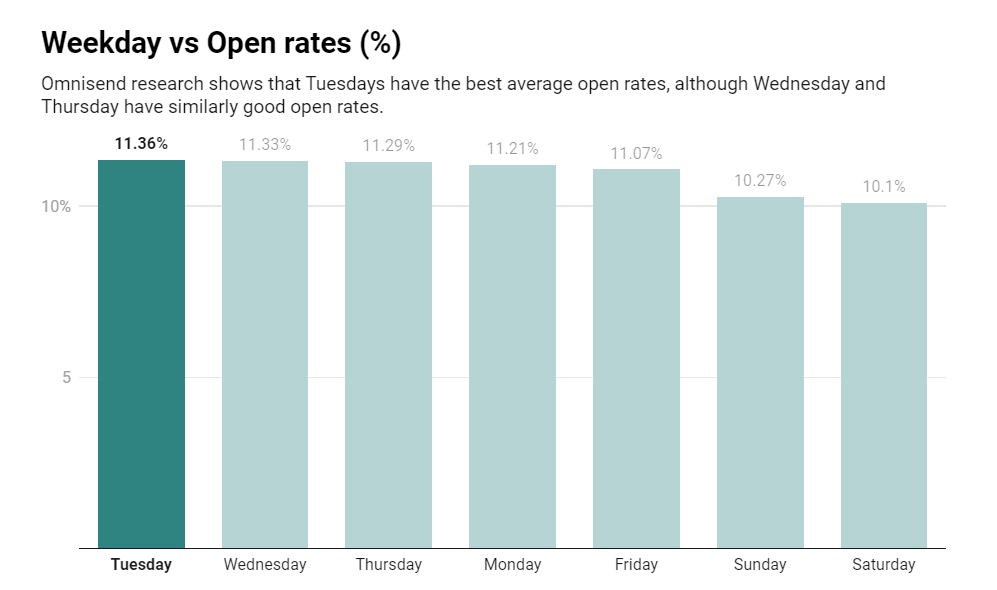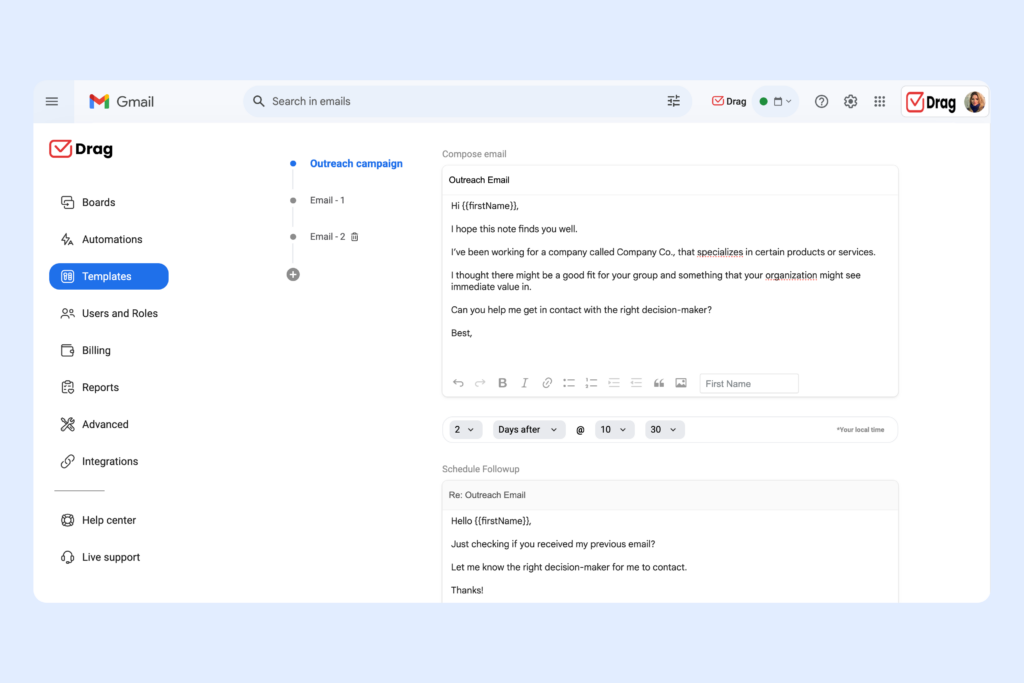
Email statistics can be a game changer when analyzing and optimizing your company’s growth. That is, by taking time to understand how and why we email, you can change your strategy and enhance productivity.
So can email really help you grow your business? Of course! Email is still one of the most effective messaging channels nowadays. For business or personal reasons, the fact is that we are always receiving and sending emails.
We have gathered the most insightful and recent email statistics to help you understand the current scenario we are living in. You will be able to use this data to plan your email strategies or improve the way you exchange your messages in a business context.
General Email Statistics
Do you know how many emails are exchanged every day? Having this perception can help you be aware of the big pool of information everyone has access to every day.
- In 2024, people and businesses will send 361 billion emails every single day. This number is only growing, as the projection for 2027 is over 400 billion emails a day (Radicati)
 The number of worldwide email users is expected to be 4.48 billion by the end of 2024, and it is likely to grow to over 4.8 billion by the end of 2027. So this means that over half of the world’s population uses email right now. (Radicati)
The number of worldwide email users is expected to be 4.48 billion by the end of 2024, and it is likely to grow to over 4.8 billion by the end of 2027. So this means that over half of the world’s population uses email right now. (Radicati)- Keep your passwords and email service security up to date, because 3.4 billion fake emails are sent every day —most commonly for phishing and cyber-attacks. (AAG)
Also, here are some interesting facts concerning business emails, that can help you plan the best days and times to communicate with corporate people:
Email statistics about consumer behavior
Knowing the email statistics concerning how consumers behave can help you plan better when to send emails, and also which content can be the best to reach your public.
- 99% of consumers check their email every day. (HubSpot)
- 58% of users check their email first thing in the morning. (HubSpot)
- 38% of email consumers in North America check their email account more than 4 times a day (Statista)
- Respondents of a survey conducted by OnePoll spent around 10 hours and 47 minutes on their professional email response times every single week (NY Post)
- Just 46% of email users on a poll said they can reach inbox zero. (Adobe)
- 78% of research responders say they check their emails even before getting to work (Sleep Advisor)
Turn Gmail into your Team’s Workspace.
- 2.5x faster email responses.
- 20 hours less spent per month, per team member.
- 40% more deadlines achieved and happier teams.
Recipient engagement statistics
Some elements in the emails you send directly influence the recipient’s decision on opening it or not. There are a lot of reports that show that the subject lines are one of the most important parts of emails. Some specific things make the subject lines more appealing to the respondents:
- Emails with personalized subject lines have a 35% open rate. (Klenty)
- 47% of people decide to open an email based on the subject line. (Finances Online)
- The most successful emails have subject lines of around 7 words and 41 characters. (Omeda)
However, the email statistics aren’t just relevant when receiving a message. Once a recipient has opened an email, the content will also make a difference in whether they will engage with the message or not:
- When you add videos to your email body, the click rates increase by up to 300%. (99 Firms)
- To avoid overwhelming your recipient and keeping them interested in what you have to say, the ideal email length is 50-125 words. (Email Analytics)
- Research shows that shorter emails had a 5.81 percent higher Click Through Rate. (Sleeknote)
- 51% of respondents say that they hit the unsubscribe button because a brand sends emails too often. (HubSpot)
Marketing email data
Your email marketing campaigns can be even more efficient when you know the preferences of your recipients. Please don’t ignore the power of a good subject line, as we have enlightened on the engagement statistics. And always pay attention to a correct segmentation, that is one of the main elements that influence your results.
- Research shows that the best day to send promotional emails and get better open rates is Tuesday, with Wednesday and Thursday coming close in succession. (Omnisend)
- On the flipside, the weekends have a much lower open rate according to the same survey.

- The return on investment (ROI) can be 36 times the amount that brands invest. (Constant Contact)
- Email segmentation in marketing leads to an 82% increase in open rates (MailModo)
- The preferred promotion channel for 72% of consumers is email. (Porch Group Media)
- Over half of millennials say promotional emails have influenced their purchase decisions, especially when they come with the added benefits of user interest segmentation and visually pleasing email templates. (Snov.io)
- The average rate of visitors on a website who subscribe to an email list is 1.95%. (Sumo)
- Segmented campaigns have an average of 14% better open rate than non-segmented campaigns. (Thomson Data)
- It affects click-through rates as well, customers are 50% more likely to continue on the buyer’s journey if the email sent matches their consumer behavior and demographics (Thomson Data)
- Avoid spam trigger words such as “Free”, “Urgent”, “Now”, “Unlimited”, “Deal”, “Discount”, and ” Great offer” on your subject line. About 27% of users only check their spam folder a few times a year, while 15% never check at all. That means your flagged email will likely never get read, affecting your email statistics in the long run. (Zero Bounce)
How you can benefit from email statistics
Email brings a lot of benefits to businesses, mainly because of its capacity to reach out to a large number of people at once. That’s why improving the way you use this communication channel according to your recipients’ behavior, and necessities can be handy.
Personalizing your emails with custom email phrases can be a crucial factor in the success of your email marketing campaigns, leading more potential new buyers to recognize your brand and keep up with your launches.
To make this process easier, you can benefit from a shared inbox tool, like Drag, that allows you to build a library of email templates and tag them according to each type of campaign you’re working on. Then, share them with your entire team in a collective inbox and your marketing efforts just got easier.

Now, to reach customers, you can keep messages consistent with your brand, all while making sure the email subject lines, templates and keywords are in line with the latest trends in consumer behavior.
Afterward, you can use Drag’s custom data reports to analyze the success of each campaign and build a strategy for long-term growth based on email statistics.
That way, you can use all the data reported by researchers throughout the years to back up your campaigns, set up better channels for your brand to grow and adapt to the future of email marketing.
Turn Gmail into your Team’s Workspace.
- 2.5x faster email responses.
- 20 hours less spent per month, per team member.
- 40% more deadlines achieved and happier teams.







